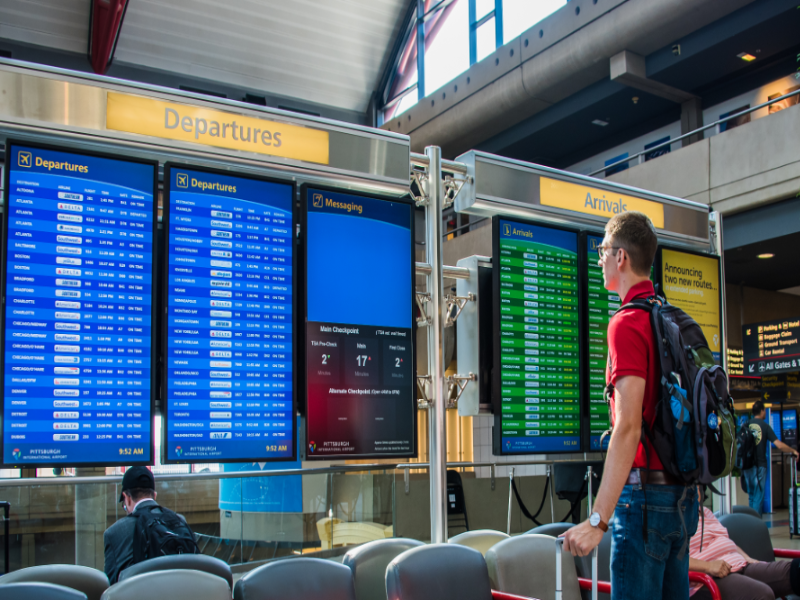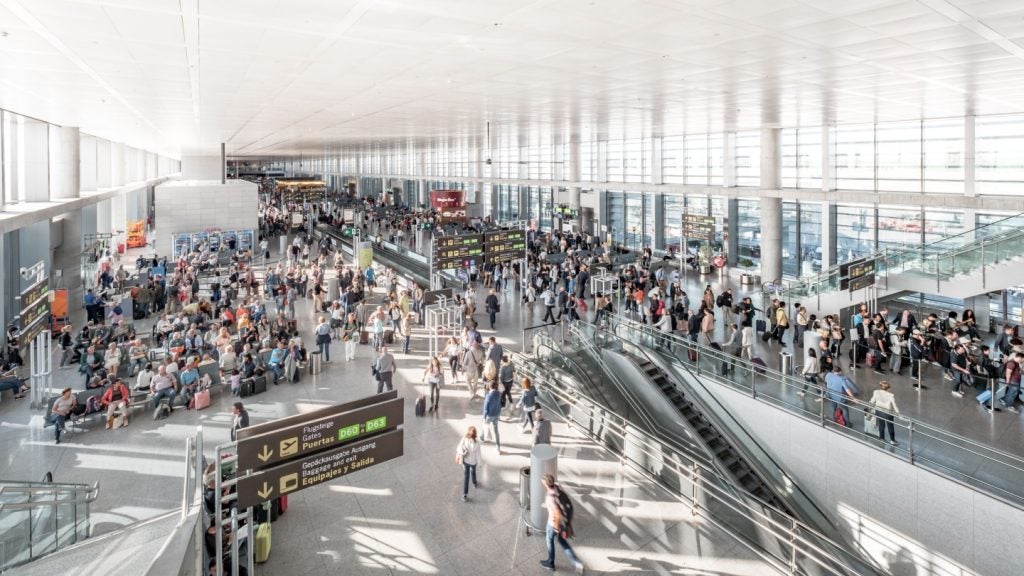
Allegheny County Airport Authority has partnered with AI start-up Zensors to provide accurate wait times at Pittsburgh International Airport.
Zensors’ technology will use data gathered through closed-circuit cameras to generate accurate estimates of how long passengers will spend in security lines.
It is claimed that the entire process will take less than two minutes.
Estimated times will be shown on screens across the Landside Terminal, as well as on the airport’s website, FlyPittsburgh.com.
Once additional cameras are installed, wait times at the alternate checkpoint will also be displayed.
Pittsburgh International Airport CEO Christina Cassotis said: “We’re constantly looking for ways to improve the passenger experience, especially with the innovative use of emerging technologies developed right here in Pittsburgh.
How well do you really know your competitors?
Access the most comprehensive Company Profiles on the market, powered by GlobalData. Save hours of research. Gain competitive edge.

Thank you!
Your download email will arrive shortly
Not ready to buy yet? Download a free sample
We are confident about the unique quality of our Company Profiles. However, we want you to make the most beneficial decision for your business, so we offer a free sample that you can download by submitting the below form
By GlobalData“We know security can be a frustration for travellers and having accurate wait estimates can help set expectations and aid in planning trips.”
Using a specially trained neural network, Zensors’ technology continually detects and learns how long passengers are waiting in-line while also weighing factors.
In doing so, it also considers the time of day and the number of TSA agents on duty.
The estimated wait times are updated every minute and arrows are used to indicate whether times are increasing or decreasing.
Zensors product head Anuraag Jain said the project is just the beginning of using AI in spaces like PIT.
Jain added: “Airports are a perfect use case for this type of technology. We’re applying deep learning in a way that can really become a game-changer for passengers and airport operations. We’re excited to help turn Pittsburgh into the world’s smartest airport.”
In May, the airport and scientists from Carnegie Mellon University launched a new app, NavCog, to help blind passengers navigate the terminal using beacons installed in the facility.
Pittsburgh Airport, which is served by 16 passenger carriers, receives over nine million passengers per annum.





